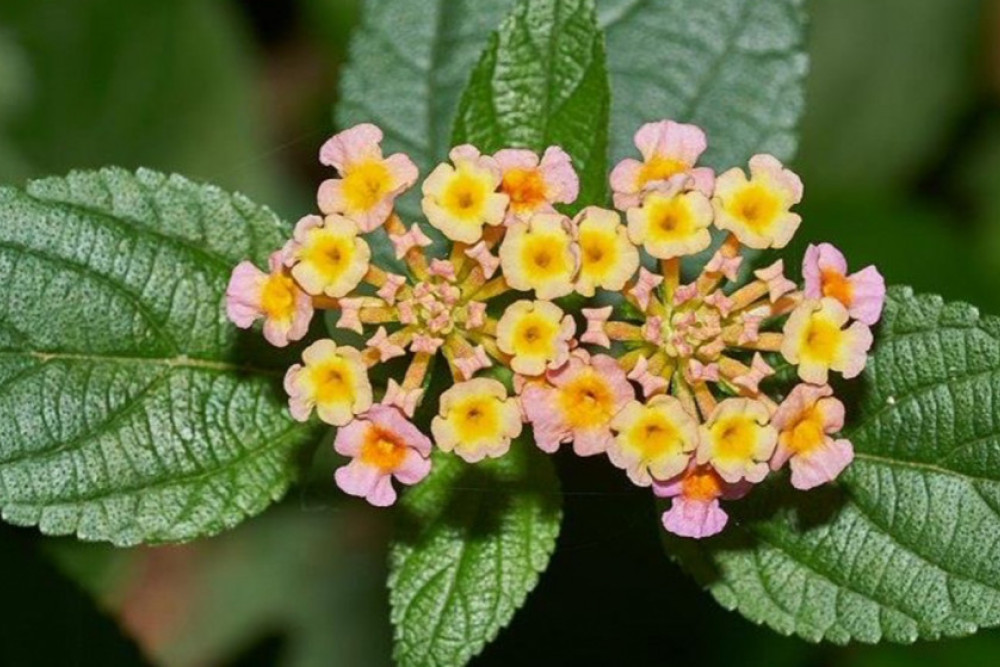Agricultural
9 June, 2022
Do you know this weed?
Lantana is a highly invasive weed with environmental and agricultural impacts.

It is recognised as a risk to cattle, causing hyper-sensitivity to sunlight, blistering, especially around the mouth, and liver damage in animals that ingest it in significant quantities.
While it can provide useful habitat for small birds where little else is available, lantana also out-competes native vegetation species and degrades productive pasture.
Currently, with recent rains across the eastern Downs, lantana is highly visible with fresh new growth and clusters of attractive pink and yellow flowers.
These flowers quickly turn to small fleshy fruits that are attractive to birds.
As they move around the landscape, birds are the main vectors for weed spread, with seedlings most likely to be found at the base of fenceposts and around trees and shrubs in which birds perch.
Young plants can be easily pulled by hand (with gloves). Even larger bushes have shallow roots and are quite easy to lift. If your property has a major infestation, you may need to use mechanical or chemical methods to get on top of it.
Up to date advice on controlling Lantana is available from the Queensland Weed Society’s Weeds of Southern Queensland 4th Edition.
Alternatively, you can contact Cambooya Landcare for a copy of this publication at cambooyalandcare@gmail.com


